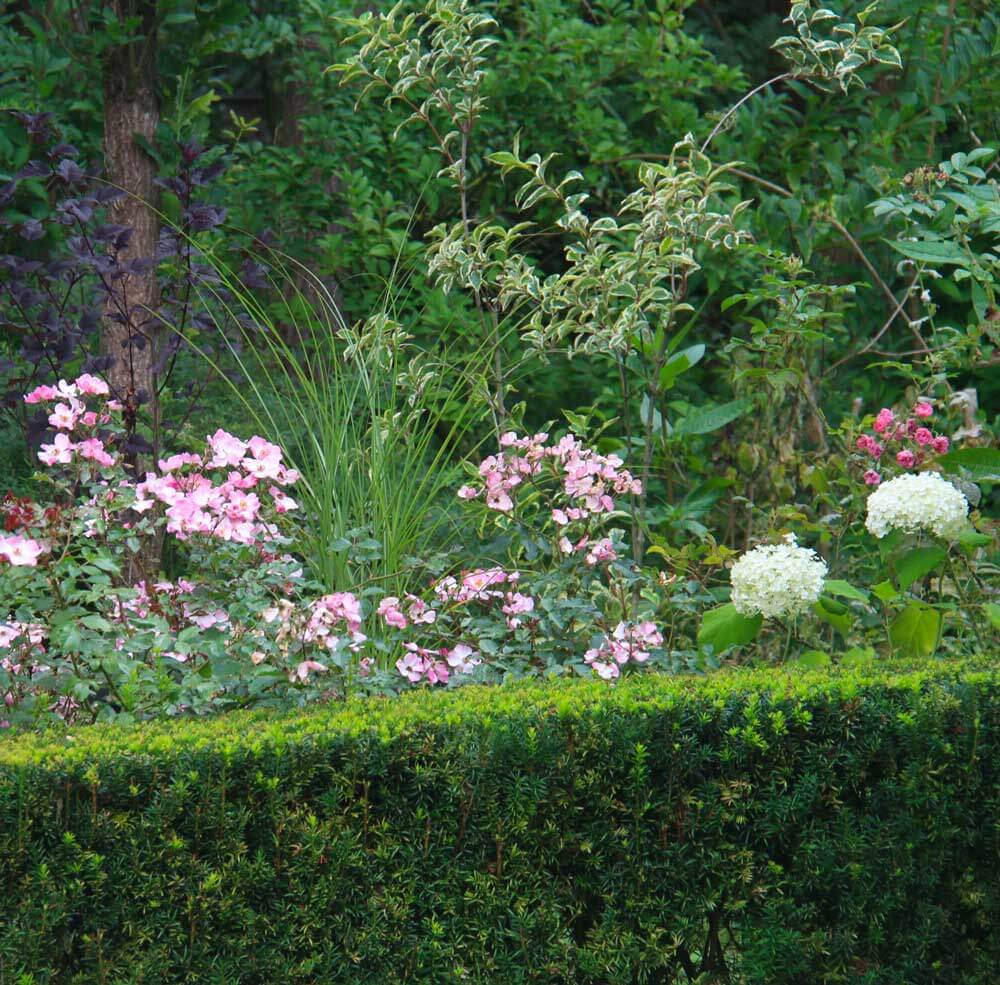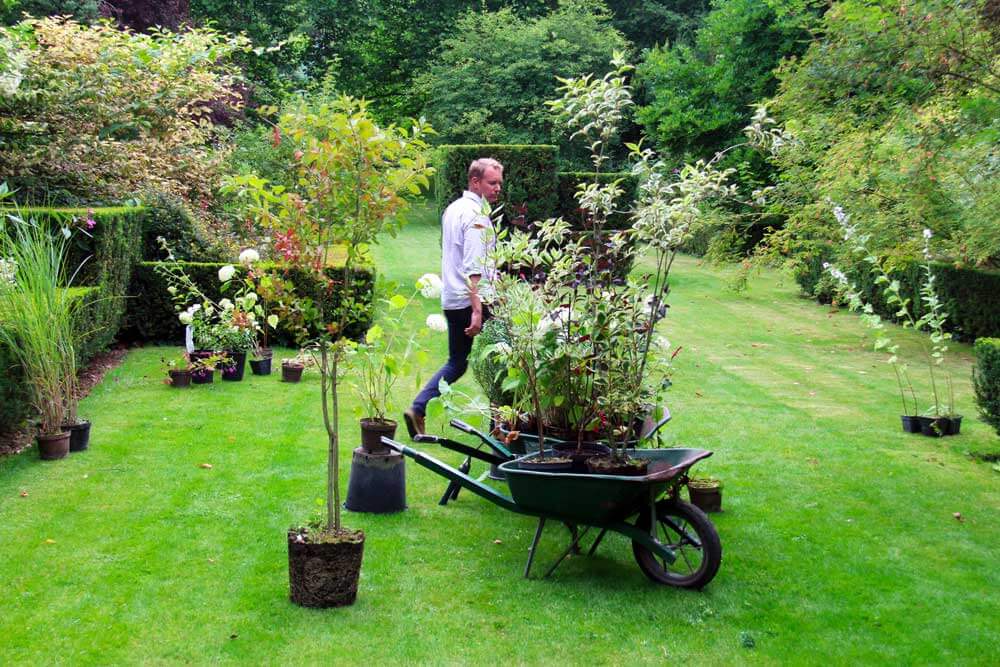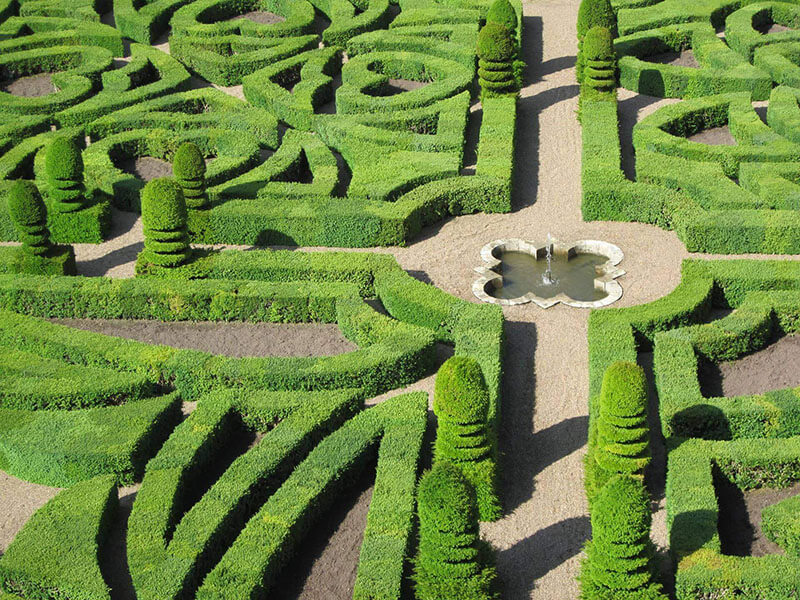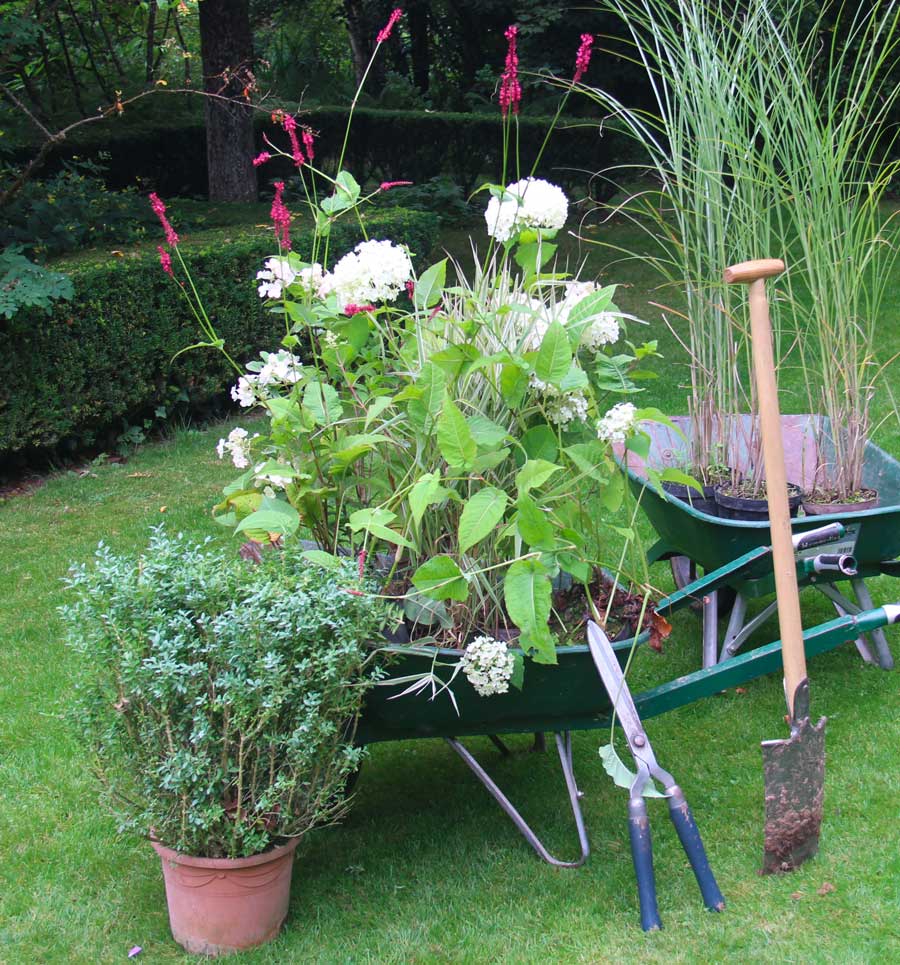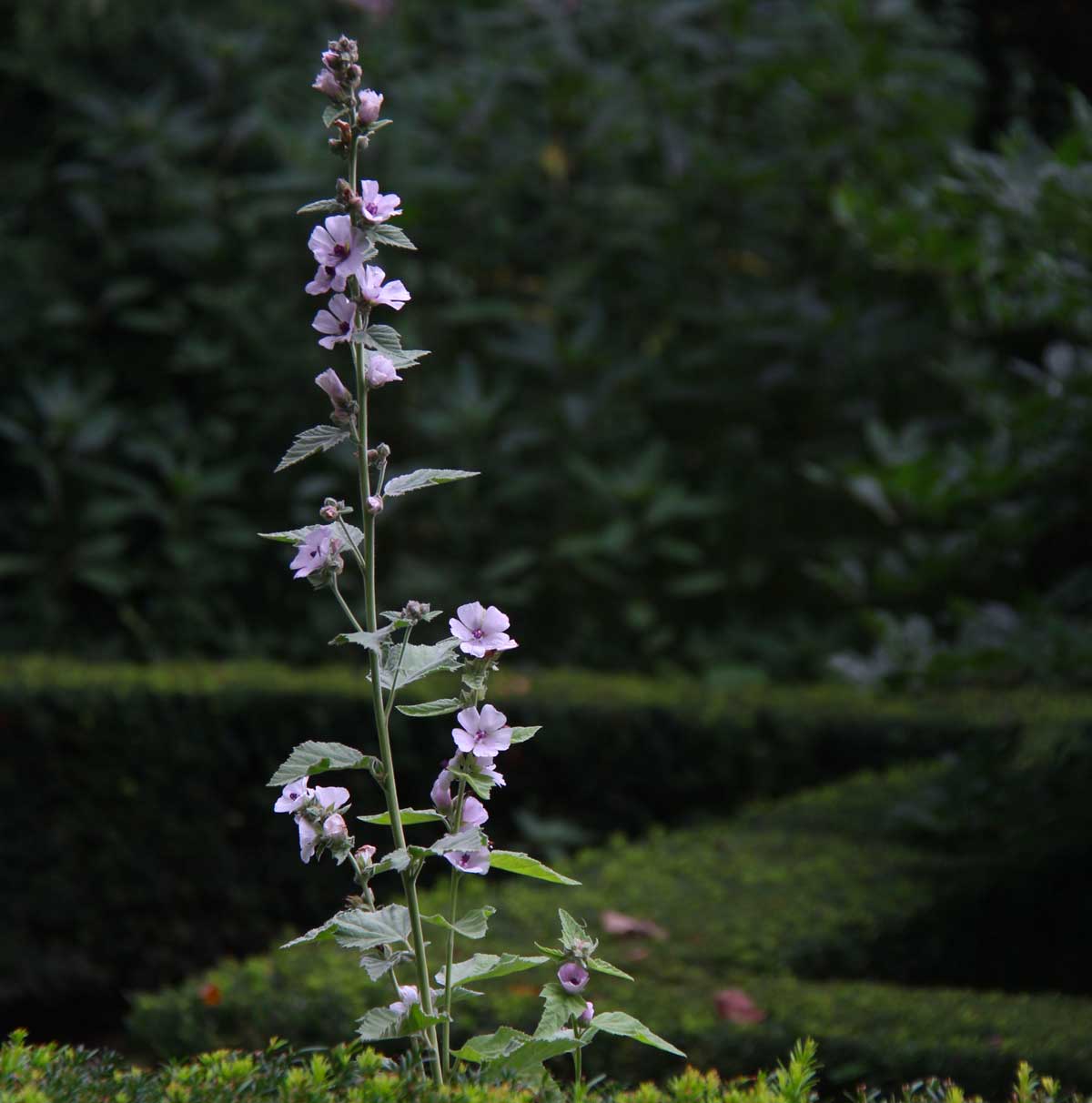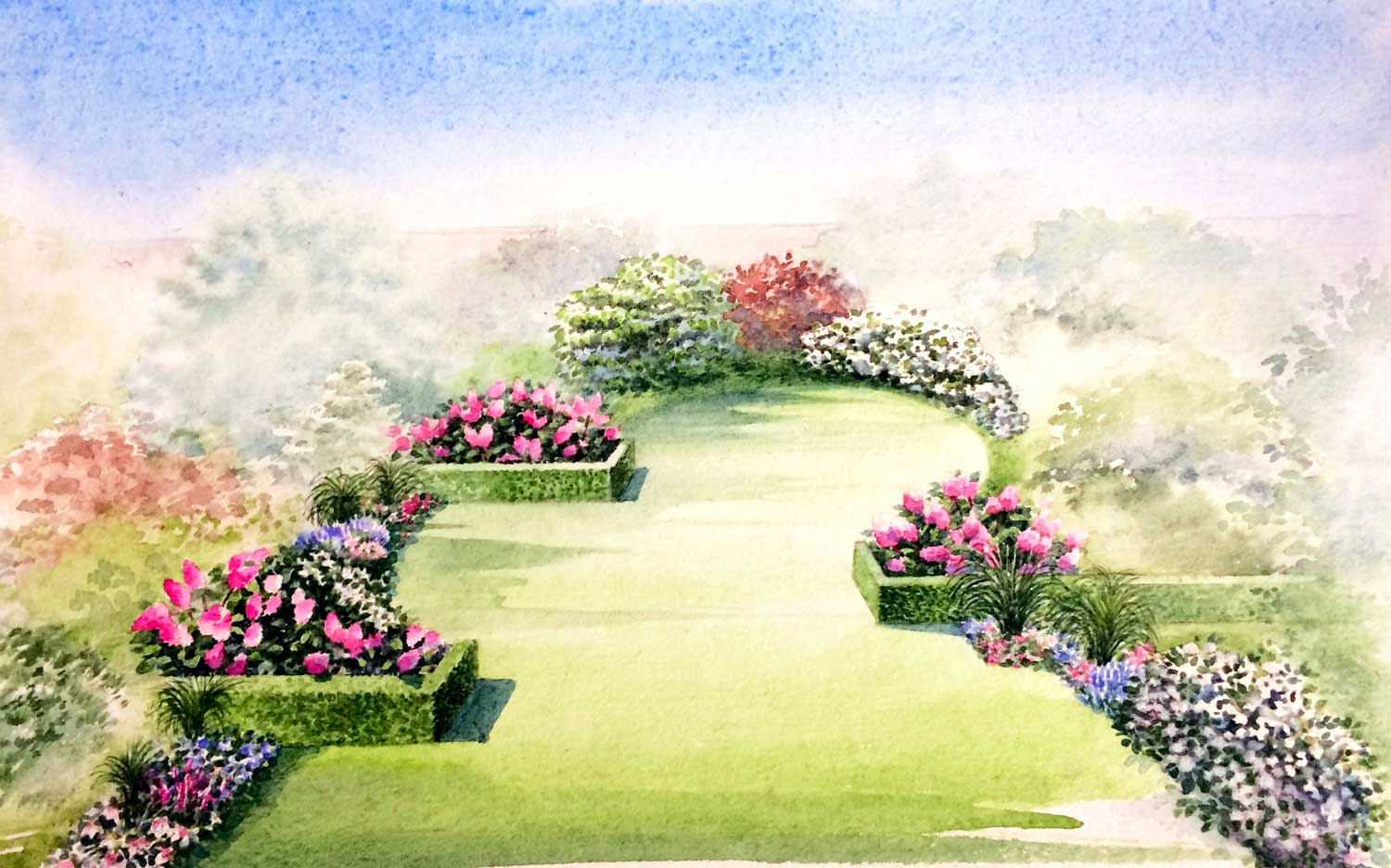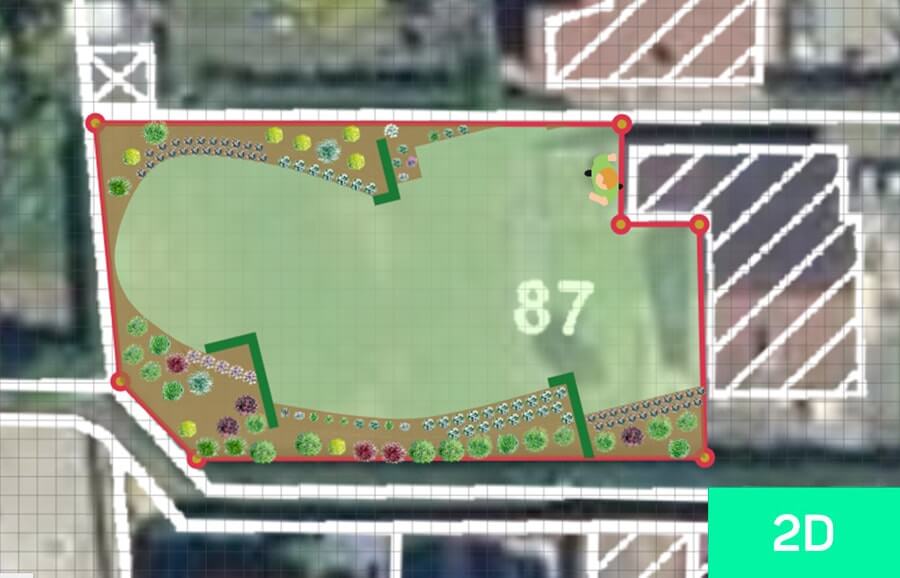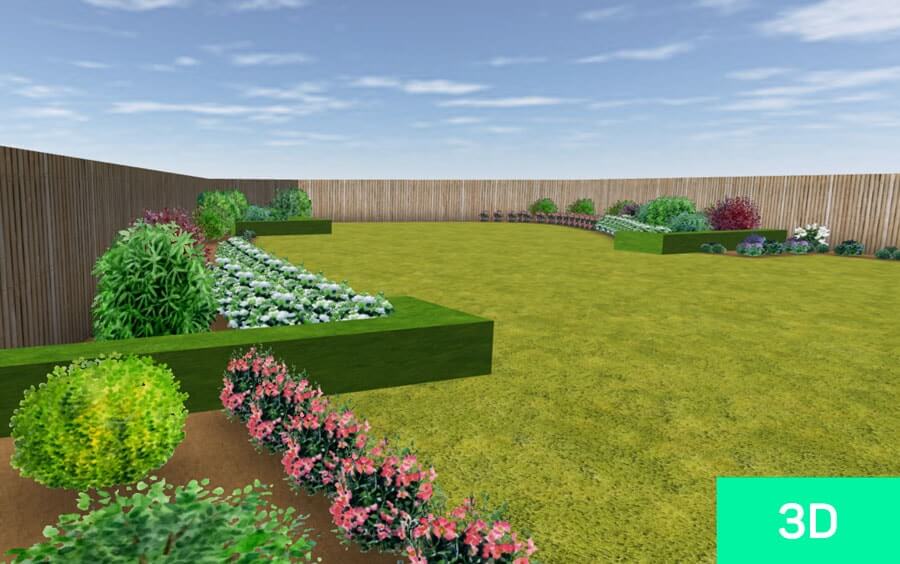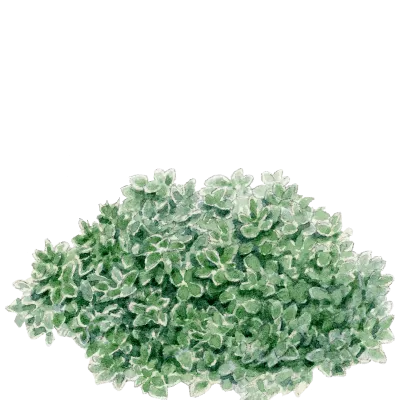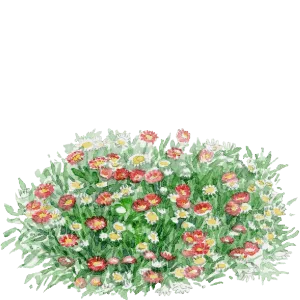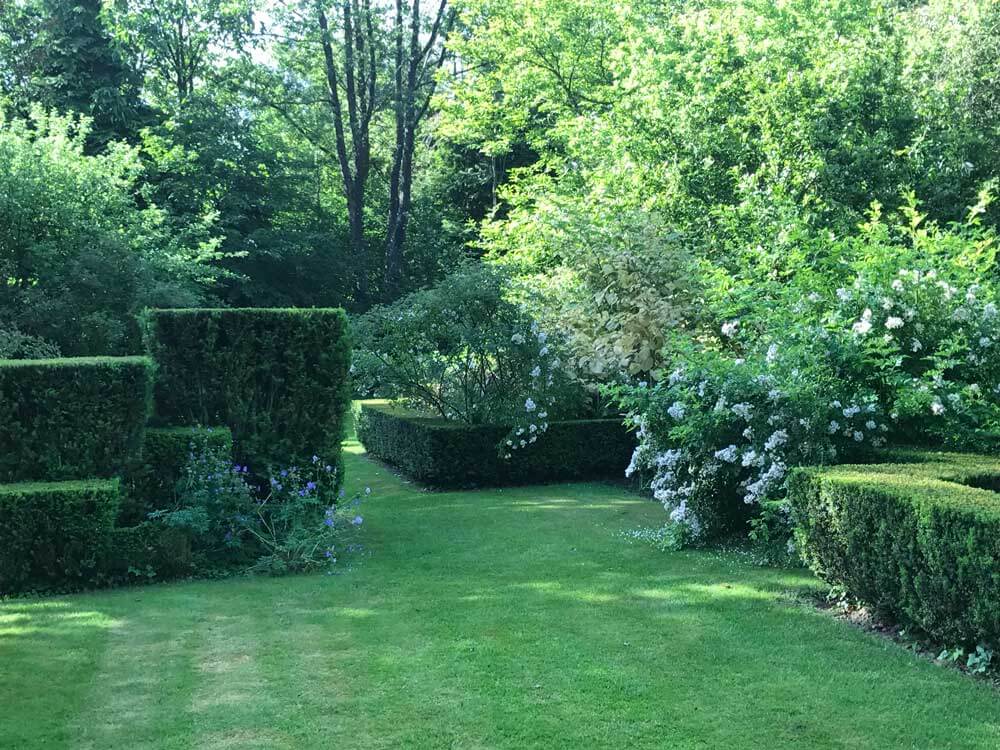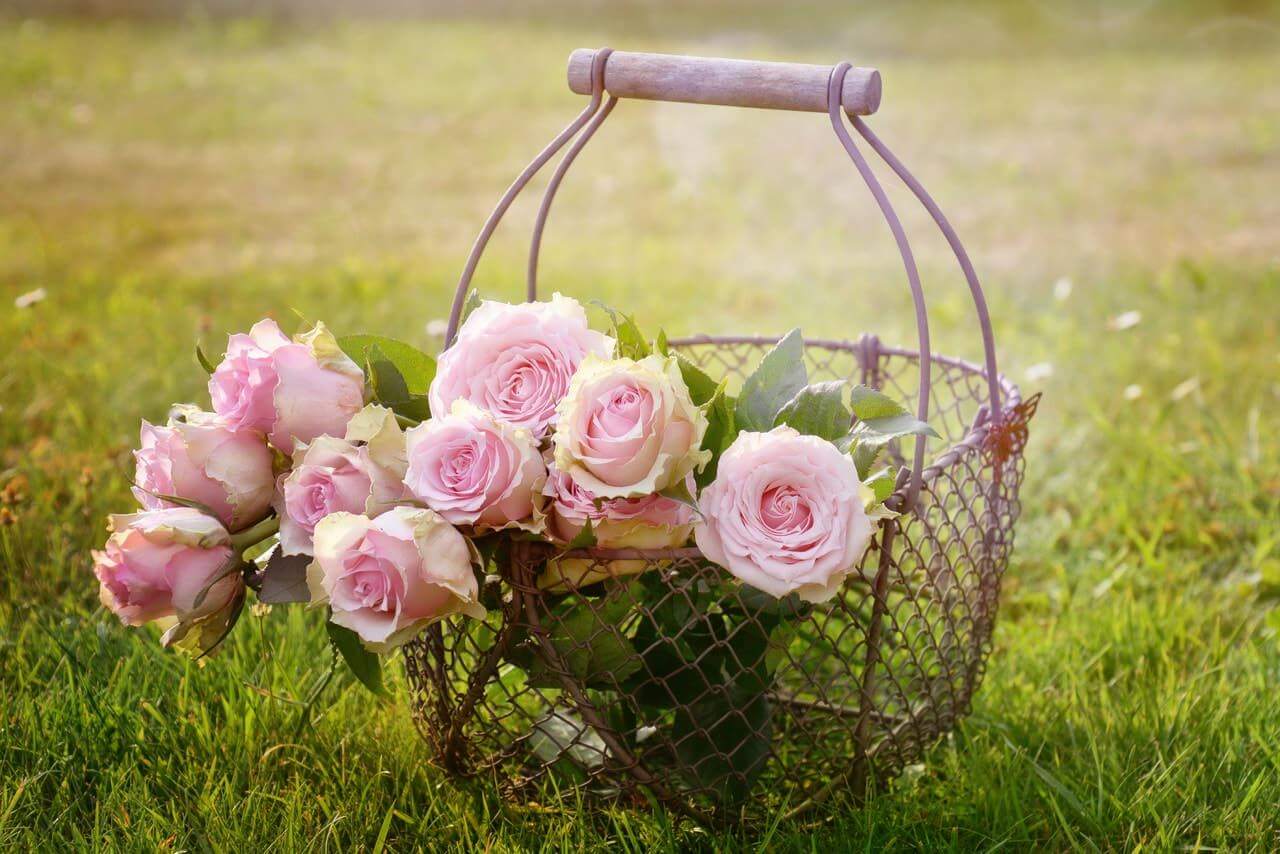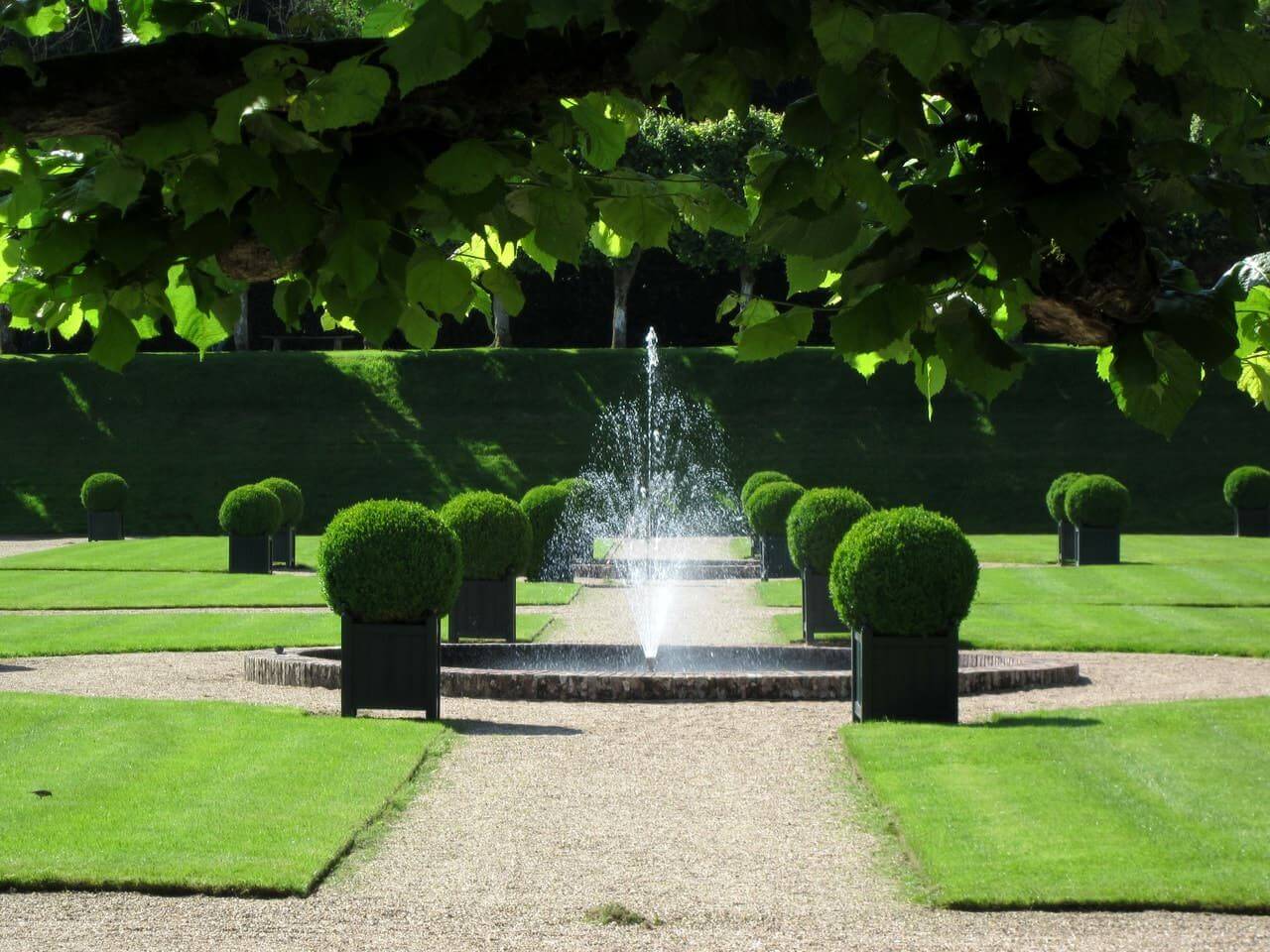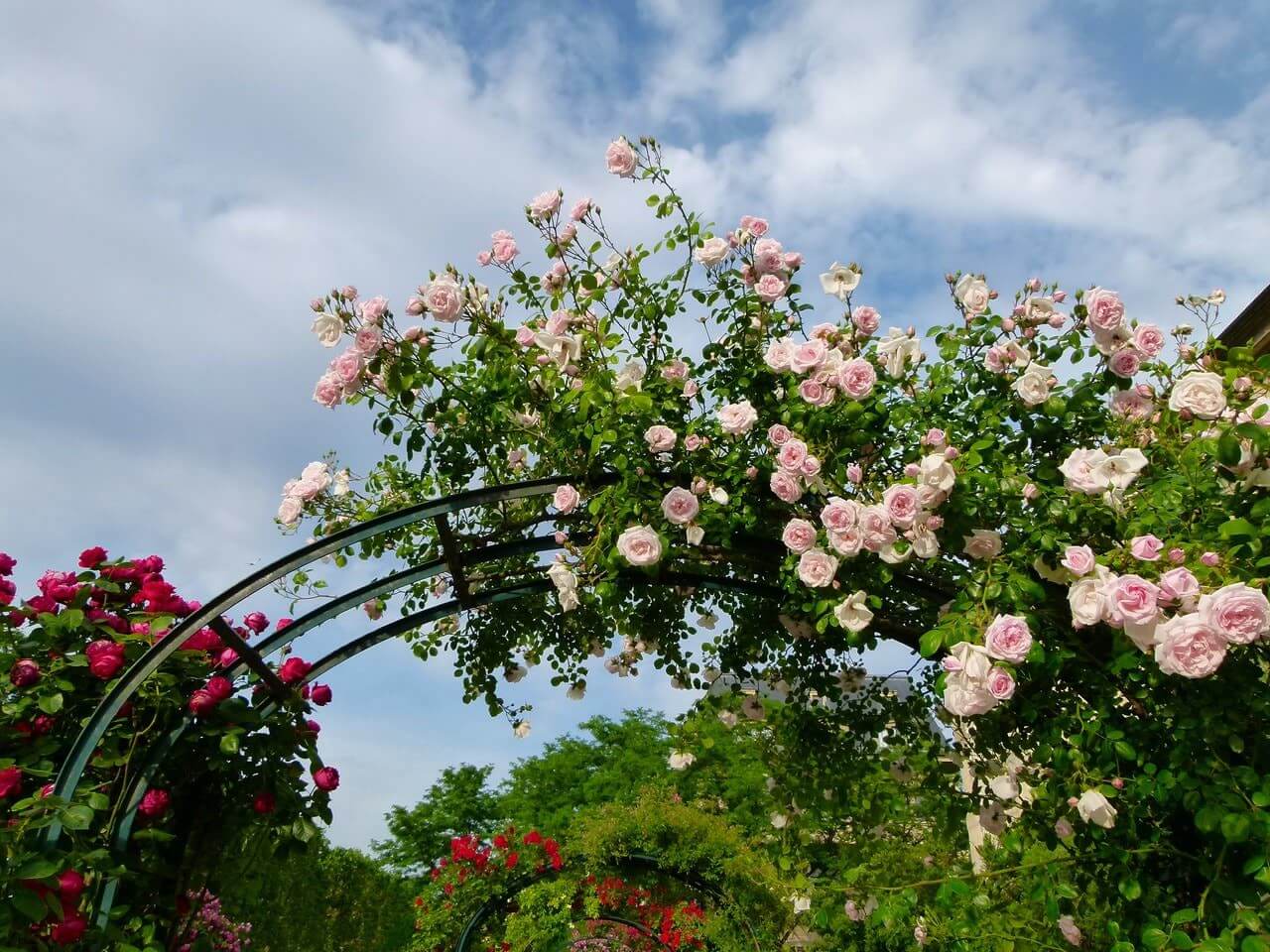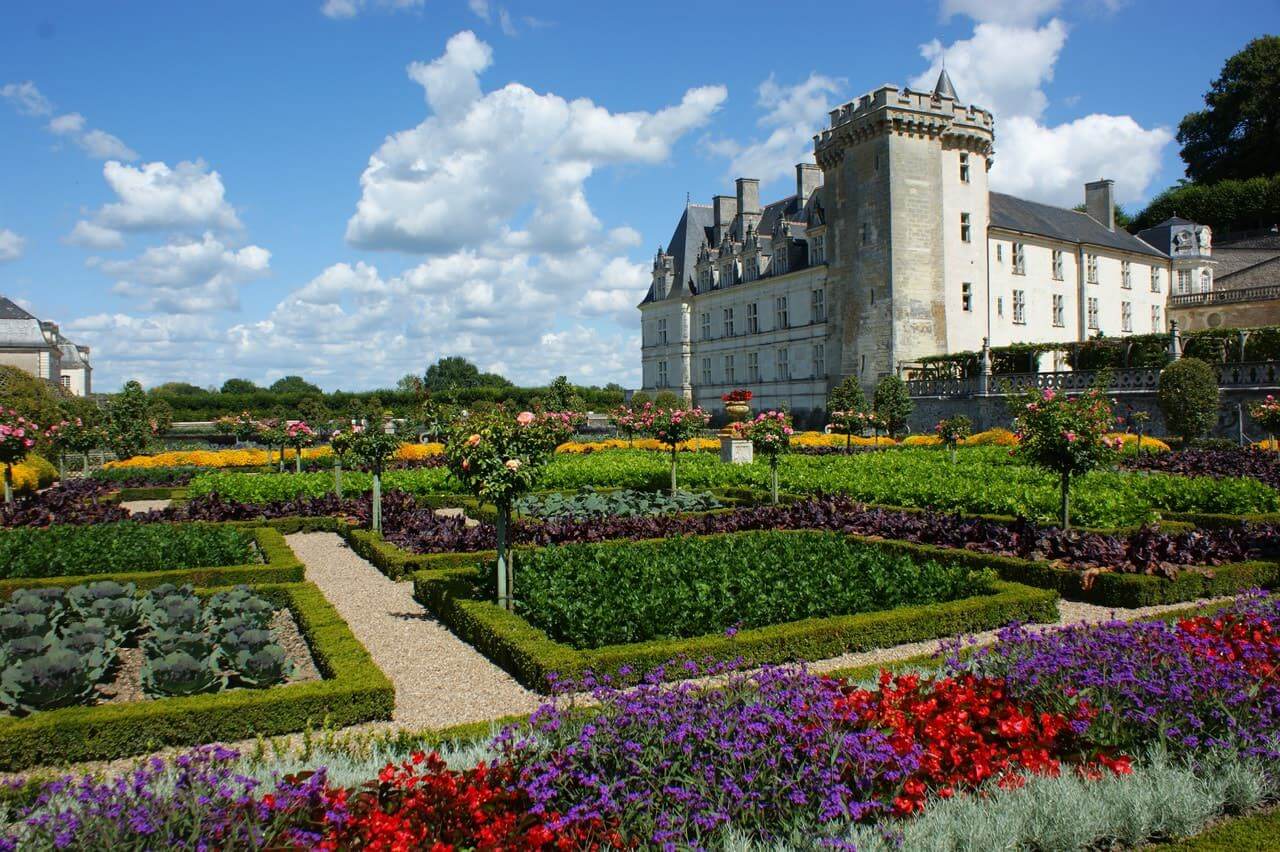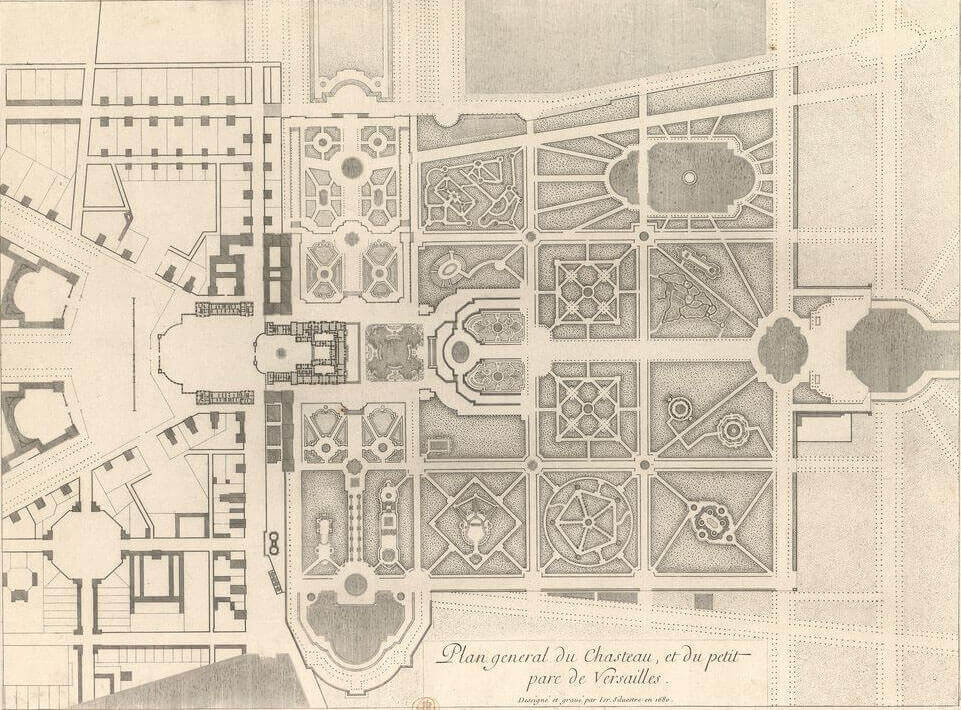
Image: General map of the castle and the small park of Versailles.
Source: Lyon Public Library.
The French garden, or classic garden, was originally inspired by the gardens of northern Italy. Philibert de l'Orme was the first to define the typical organization of this garden through the creation of the Anet Gardens (1536). Jacques Boyceau de La Barauderie, steward of the gardens of King Henry IV, Queen Marie de Médicis and then King Louis XIII, was the first to write about this style in his 'Traité du jardinage, selon les raisons de la nature et de l'art', published in 1638. He worked on composition by designing lawns, flowerbeds, groves and other ornaments that now define the classical style. The first French-style gardens were created in the 17th century by André Le Nôtre. Among the most famous are the gardens of Versailles, Vaux-le-Vicomte and Chantilly.
The classic garden, often of great scope, brings the landscape into the garden while maintaining the concern for formal perfection. The design of the beds, which follows a geometric plan and gives an effect of symmetry, the plant elevations carved to form walls and topiaries, the raised terraces, the water games, fountains and statues in the antique style that punctuate the paths. Everything in this composition and these amenities shows us, through a perfectly controlled and theatrical nature, the spirit of the French garden, namely a taste for the show and the spectacular.


